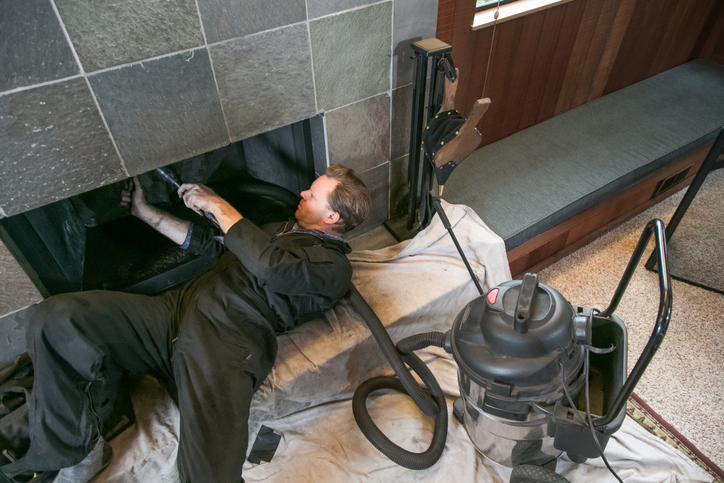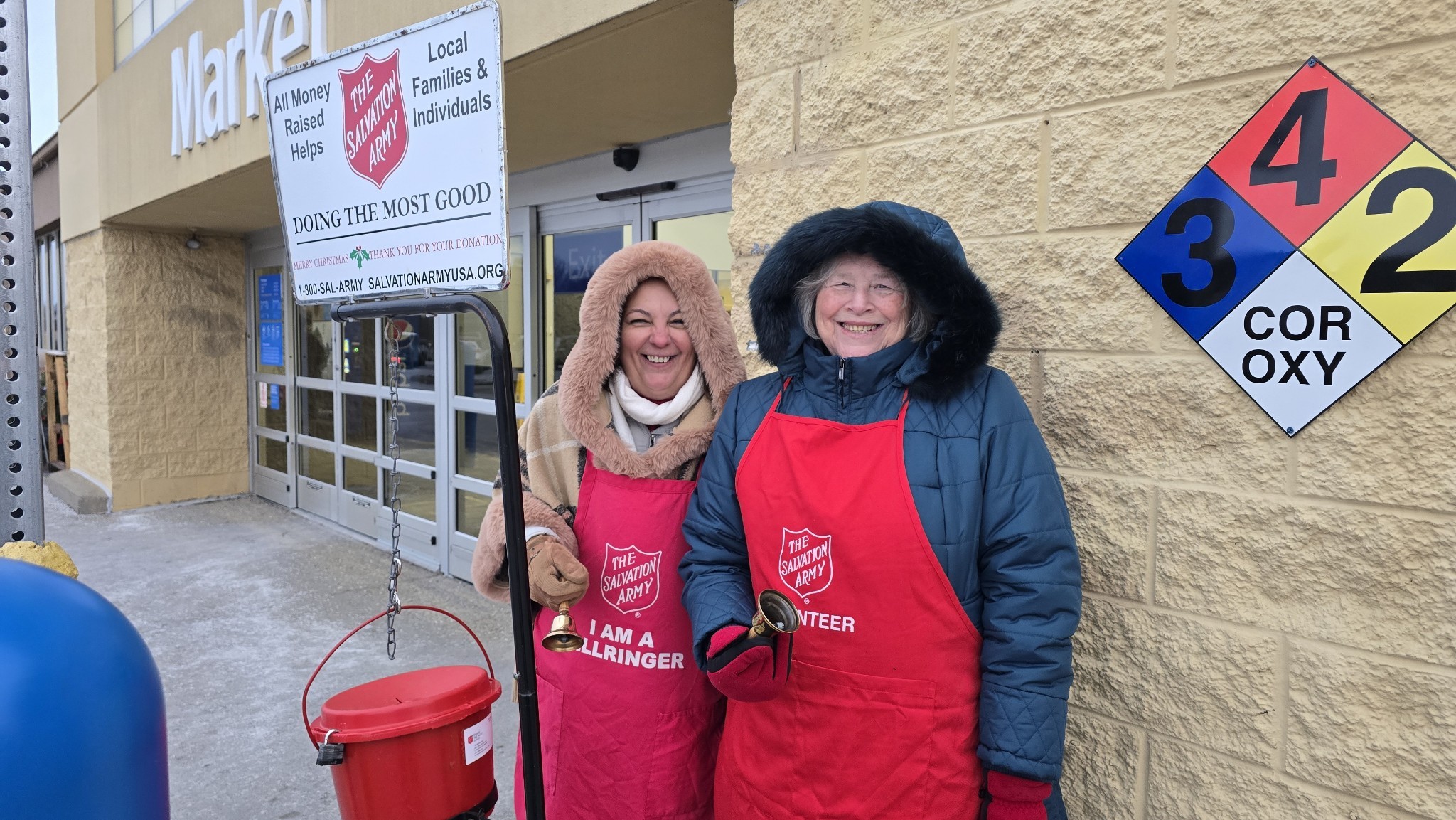
Now’s the time for homeowners to start preparing for colder temperatures, which is especially important in Pennsylvania. Fall and winter home maintenance checklists often highlight chimney cleaning and HVAC inspection – two crucial tasks to ensure a safe, comfortable home – but what do these items entail? Experts shared their best insight and advice.
Chimney Sweeping
“There are many benefits to having your chimney swept,” said property expert Gregory Smith at PriceYourJob. These include:
- Preventing blockages of soot residue and creosote
- Preventing expensive repairs for creosote removal and chimney repair
- Increasing heating efficiency by reducing the amount of fuel, wood or coal needed to burn
- Improving health and safety by reducing the risk of carbon monoxide poisoning and other harmful fireplace fumes
“Chimney sweeping is not often done as a DIY job as it can be quite dangerous and very messy without the right kind of equipment,” Smith said. “In most cases, you’ll want to hire a professional chimney sweep to complete a full and proper clean of your chimney.”
He recommends getting your chimney cleaned at least once a year before cooler weather sets in. Homeowners who use their fireplaces regularly may need more frequent sweeps.
When it comes to chimney issues that need to be addressed, red flags include:
- Gaps, cracks or signs of wear in the lining of your firebox
- Smoke stains on the ceiling or above the fireplace opening
- Damage to or debris in the flue damper (the mechanism that controls airflow and smoke through the chimney flue)
As a precaution, Smith reminded homeowners to always have a fire extinguisher near the fireplace and to regularly check carbon monoxide detectors throughout the home.
Heating System Maintenance
By completing regular maintenance, homeowners can optimize their heating system’s efficiency, reduce energy consumption and prevent costly breakdowns.
“Regular heater servicing is crucial for optimal performance and longevity,” heating expert Dave Lines at HomeHow said. An annual inspection by a qualified technician can:
- Identify potential problems before they become major, costly breakdowns
- Improve efficiency by reducing energy consumption and lowering heating bills
- Extend the lifespan of the boiler, avoiding the sooner expense of a replacement
Lines recommended homeowners schedule a boiler inspection with a qualified technician before the heating season. The service should include a thorough inspection, cleaning and tuning.
“Over time, air can become trapped inside your radiators,” he added. “This can prevent them from heating evenly and can lead to cold spots and inefficient heating.”
Homeowners can maintain optimal heating performance and prevent damage by regularly bleeding their radiators. Lines shared the following steps for bleeding your radiator:
- Run your hand over the radiator to check if it’s cold at the top or bottom. If it’s cold at the top, air is trapped in the radiator and it needs to be bled.
- Begin by turning off your central heating.
- Place an old rag underneath the valve to catch any water that may drip out during the bleeding process.
- Use the radiator key and turn it counter-clockwise about a quarter of a turn until the air stops and the water runs smoothly out of the valve.
- Turn the valve off again.
- Turn your heating system back on, and the problem should be solved.
To further retain heat during the cold months, homeowners can also:
- Insulate exposed pipes to prevent them from freezing
- Insulate walls and ceilings to reduce heat loss
- Seal air leaks by caulking and/or weatherstripping around windows, doors and electrical outlets
Topics
Member Discussion
Recent Articles
-
Realtors® Ring Bell for Salvation Army
- December 20, 2024
- 4 min. read
Realtors® from 15 local associations braved the cold weather on Friday, Dec. 6 to ring bells for the Salvation Army’s annual Red Kettle Ring Day.
-
6 Things to Consider When Choosing a Sofa
- December 19, 2024
- 4 min. read
A sofa can completely change the look and feel of your living room. Here are six things to consider when trying to choose the right one for your home, from interior design expert Sylvia James.
-
Realtors® Reveal: 3 Homeselling Preparations to Make
- December 18, 2024
- 3 min. read
Whether you’re selling your home or you’re a seller agent helping your client, here are three homeselling preparations from two Pennsylvania Realtors®.
Daily Emails
You’ll be the first to know about real estate trends and various legal happenings. Stay up-to-date by subscribing to JustListed.



